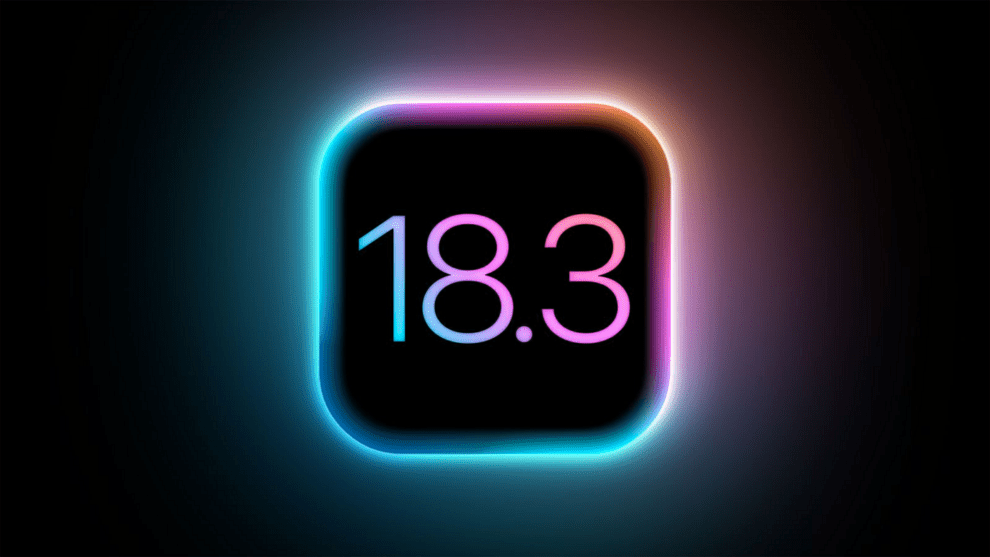Apple’s latest iOS 18.3 update has left many iPhone users puzzled about accessing the new Siri interface, which features an innovative rainbow-colored border effect around the screen’s edges. Despite installing the update, numerous users continue to see the traditional Siri orb instead of the anticipated new design, leading to widespread confusion about device compatibility and feature availability.
The availability of these new features, collectively known as Apple Intelligence, is more restricted than many users realize. While iOS 18.3 can be installed on iPhone XS and later models, the advanced AI features require specific hardware capabilities. Currently, only the iPhone 15 Pro series and all iPhone 16 models can support these new features, along with Macs and iPads equipped with M-series processors and the latest iPad Mini featuring the A17 Pro chip.
This limitation stems from the computational demands of Apple Intelligence, which processes AI tasks directly on the device rather than in the cloud. The requirement for specific hardware architecture means many iPhone users who successfully installed iOS 18.3 will continue to see the traditional Siri interface, regardless of having the latest software update.
For users with compatible devices, another potential obstacle exists. While the latest updates generally enable Apple Intelligence automatically, those who previously disabled these features won’t find them automatically re-enabled after updating. Users who previously opted out or deactivated Apple Intelligence will need to manually re-enable the feature through their device settings.
The new Siri interface represents more than just a visual upgrade. It serves as the gateway to several advanced features including notification summaries, Genmoji, and an AI-powered Clean Up tool in Photos. These features showcase Apple’s commitment to on-device AI processing, prioritizing user privacy while delivering advanced capabilities.
On compatible Macs, the visual implementation differs slightly, with the shimmer effect appearing in the Siri search field rather than around the entire screen. This variation maintains the aesthetic connection across Apple’s ecosystem while adapting to different device contexts.
The selective availability of these features highlights Apple’s strategic approach to AI implementation, ensuring that devices can deliver consistent, high-quality performance rather than potentially compromised experiences on less capable hardware. This decision, while potentially disappointing for owners of older devices, reflects Apple’s focus on optimal user experience over universal feature availability.
For users eager to access these new features, checking device compatibility should be the first step, followed by verifying settings if using a supported device. The settings adjustment process is straightforward, requiring users to navigate to Apple Intelligence & Siri settings and ensure the appropriate toggles are activated.
This situation underscores the growing complexity of smartphone features as they become more technically sophisticated, requiring increasingly powerful hardware to deliver advanced AI capabilities. It also demonstrates how software updates, while bringing new features, may not automatically provide access to all advertised capabilities without specific hardware requirements or manual configuration.
















Add Comment